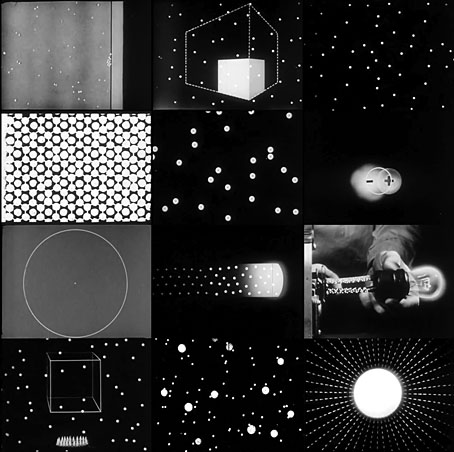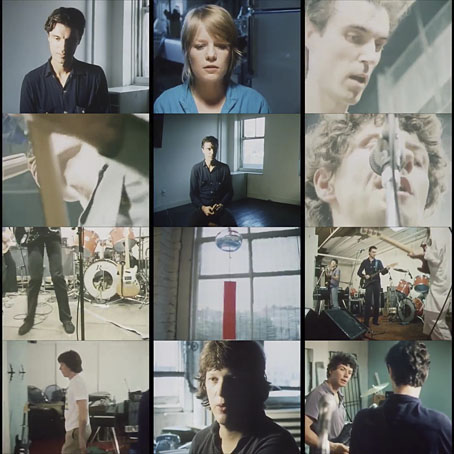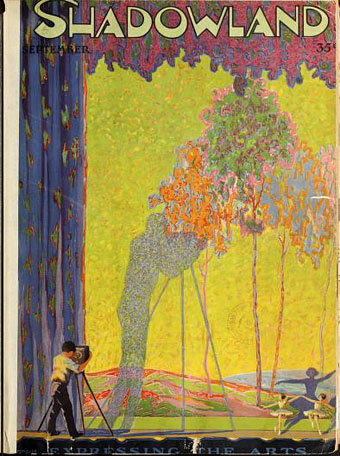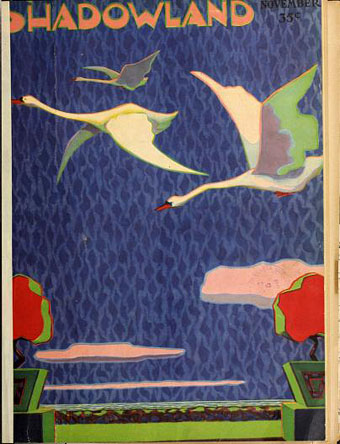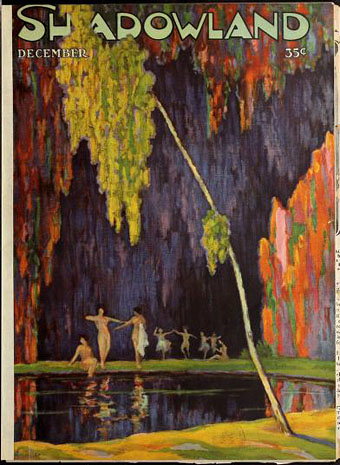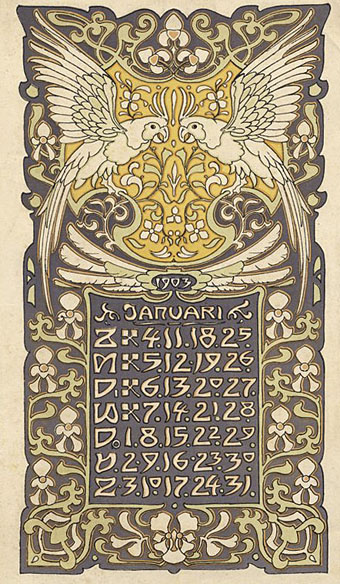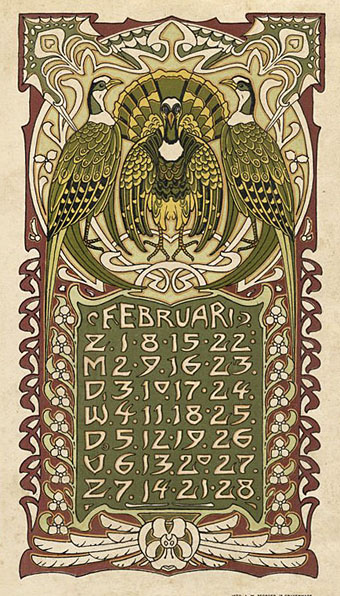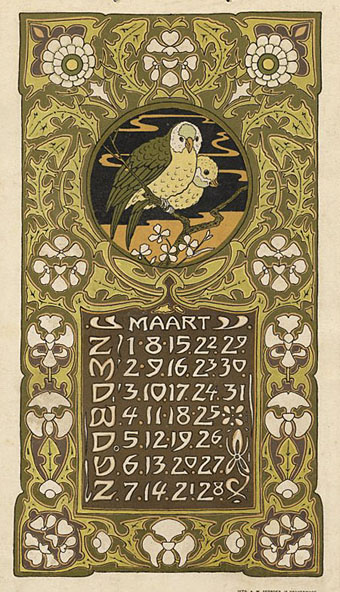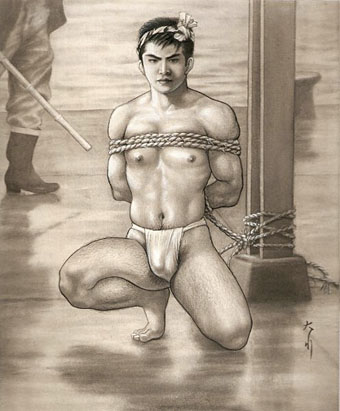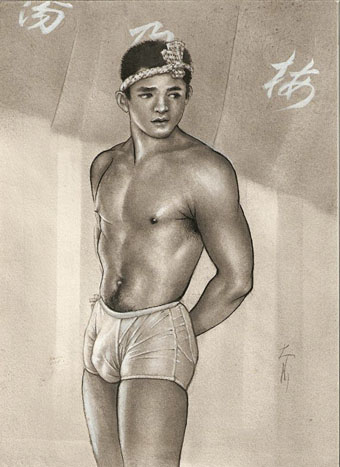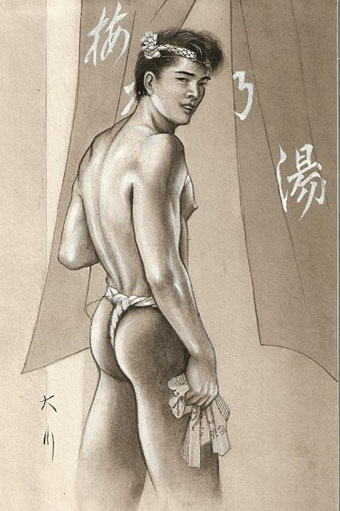More David Byrne. Artist Bruce Conner made two films in 1981 using pieces of music from Byrne & Eno’s My Life In The Bush Of Ghosts album: America Is Waiting and Mea Culpa. The latter is the more abstract of the two, with the drums and fragmented voices matched to dancing particles from science films. Watch it here.
Previously on { feuilleton }
• The South Bank Show: Talking Heads
• The Catherine Wheel by Twyla Tharp
• Moonlight in Glory
• My Life In The Bush Of Ghosts

